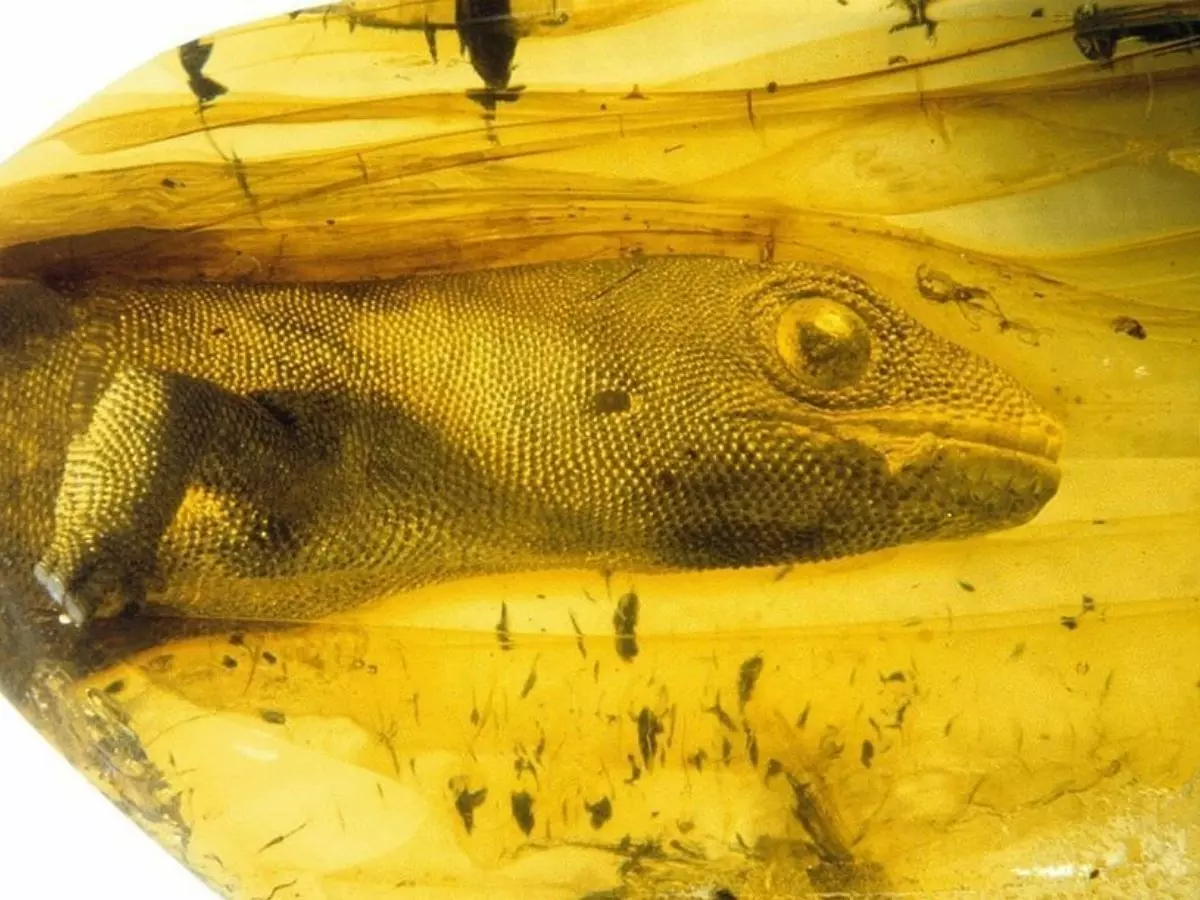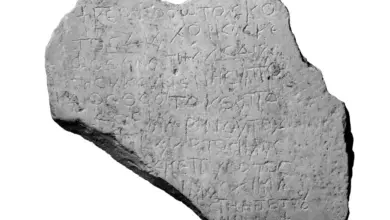5 Strange Prehistoric Creatures Found Trapped In Amber
Amber, or fossilized tree resin, is an amazing material that offers a rare glimpse into Earth’s prehistory. It has the ability to preserve small creatures in a nearly pristine state for millions of years. Although extracting DNA from amber is still impossible, recent discoveries have revealed bizarre prehistoric creatures, from feathered dinosaur tails to 20-million-year-old fleas harboring disease-causing bacteria.
Some notable discoveries include:
1. **Prehistoric Gecko Lizard from Russia**:

The amber preserved the front part of the tiny lizard, just 15mm long, with details of its scales and toe structure adapted for climbing trees, proving that the lizard’s climbing ability evolved at least 54 million years ago.
2. **Feathered Dinosaur Tail from Myanmar**:

The 37mm long, feathered tail was not designed for flight but may have been used for warmth or display. The feathers retain traces of pigmentation, showing that the upper part is chestnut brown, while the underparts are lighter, showing camouflage.
3. **Ancient fleas harbor plague-like bacteria**:
20-million-year-old fleas from the Dominican Republic harbor bacteria similar to those that cause modern plague, revealing the evolution of this bacteria and its connection to prehistoric rodents.
4. **Prehistoric chick from Myanmar**:

A chick from the Enantiornithes family, with flight-adapted feathers from hatching. Details of the feathers and body provide insight into the development of feathers in prehistoric birds.
5. **Oculudentavis – lizard or bird?**:

Originally thought to be the smallest known bird, but later confirmed to be a lizard with bird-like evolutionary traits. The controversy surrounding this specimen also sheds light on the ethics and conflicts surrounding the extraction of amber from Myanmar.
These discoveries not only shed light on prehistoric life, but also raise questions about scientific responsibility in its extraction and study. They demonstrate the power of amber to preserve Earth’s history, even if we are still far from the dream of recreating Jurassic Park.








